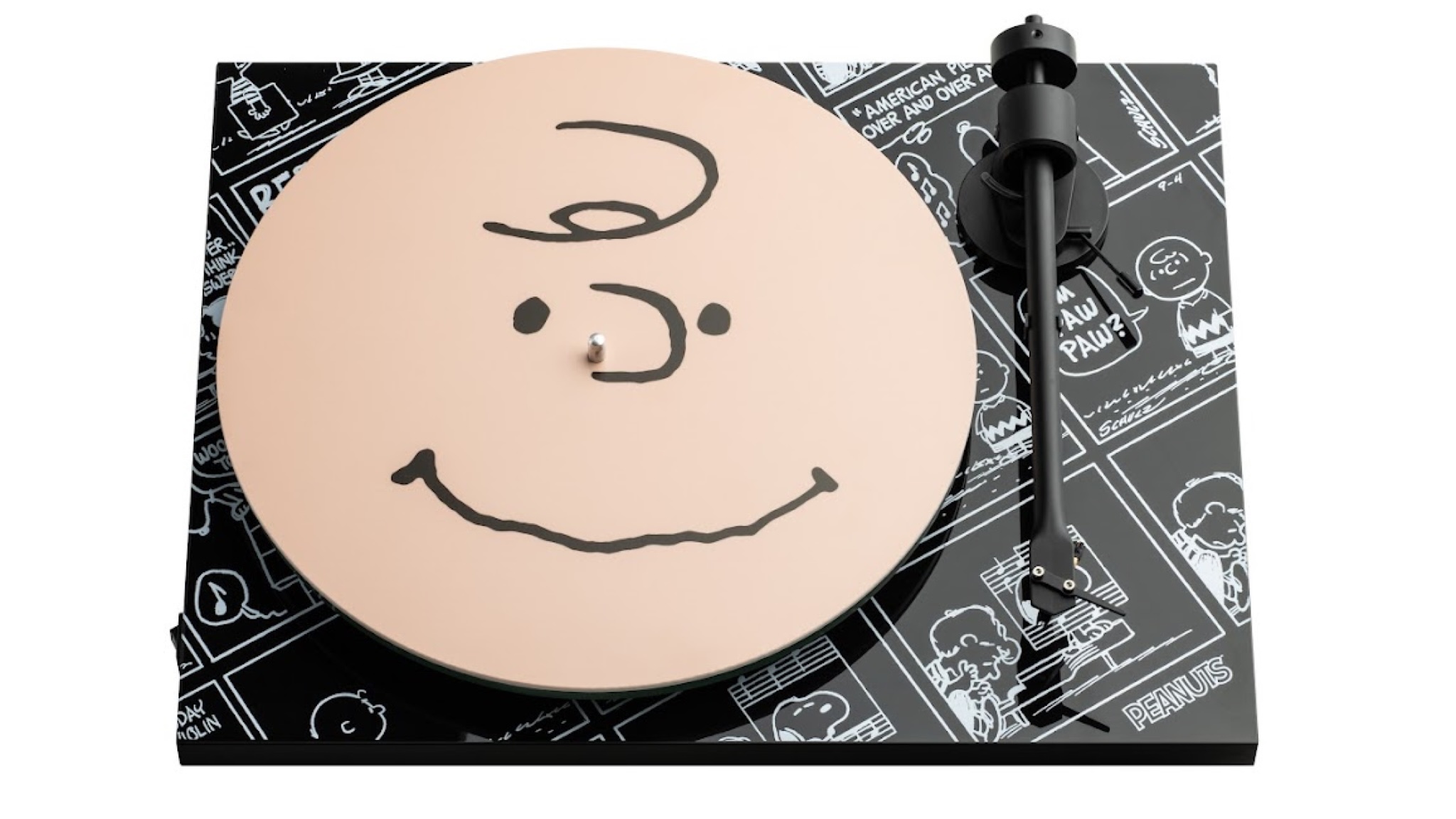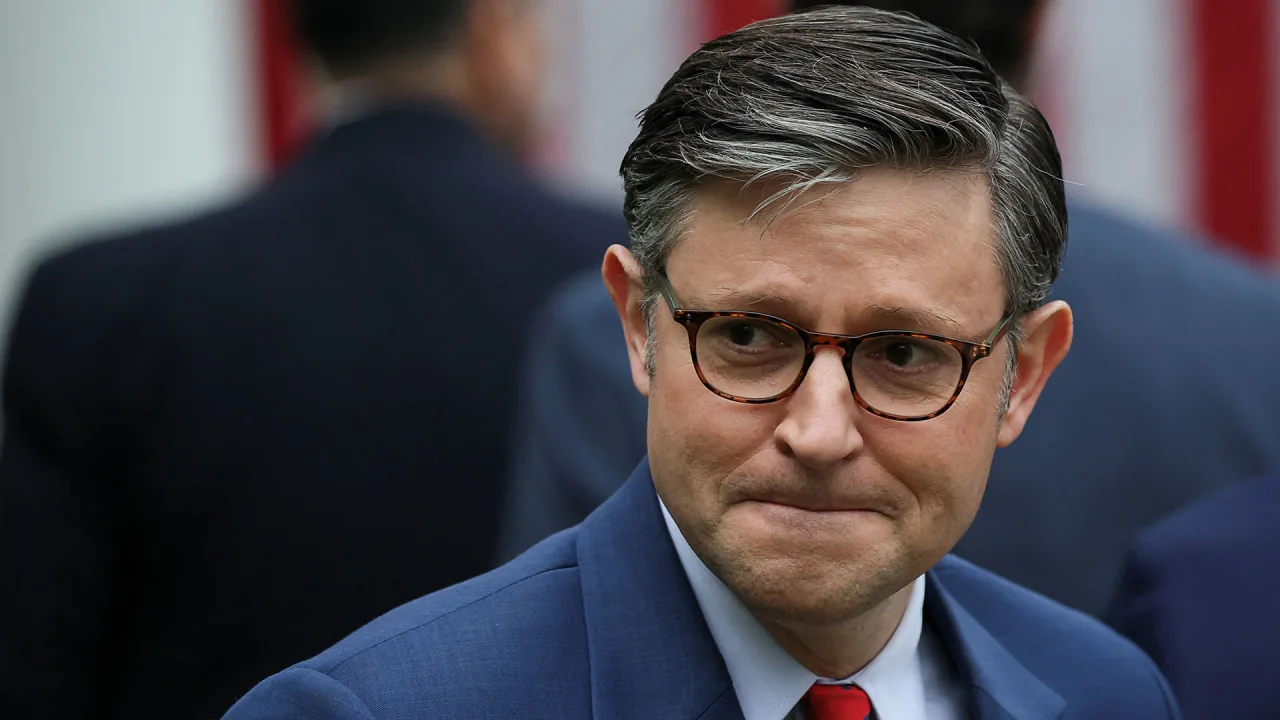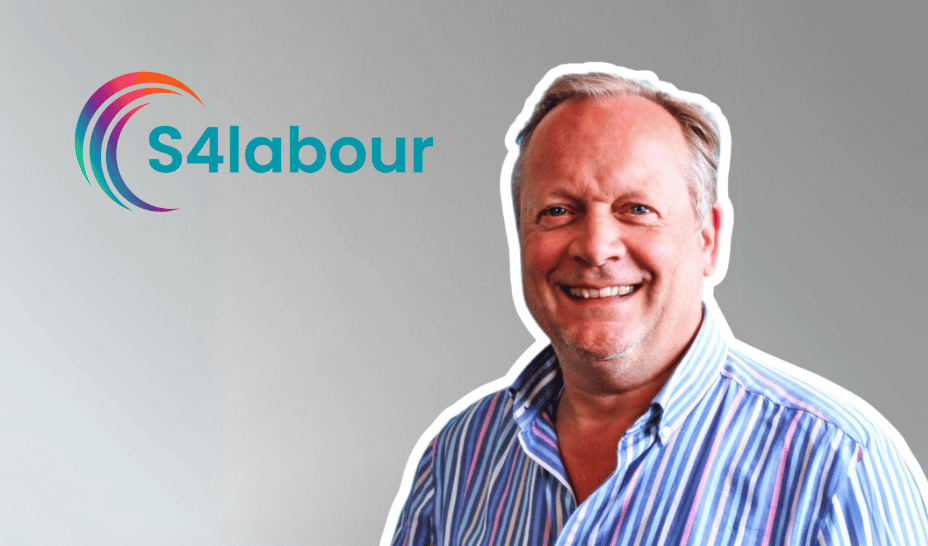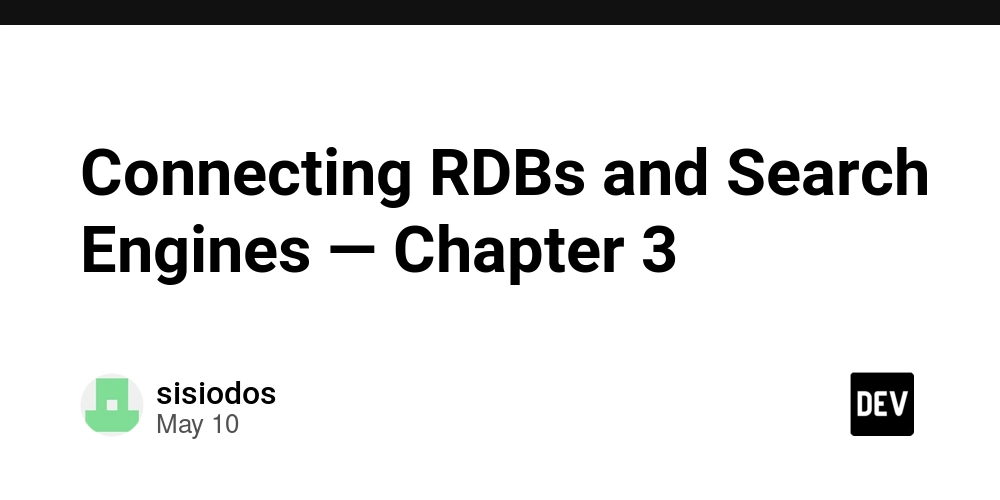Will A Project Manager Expect Nine Expectant Mothers To Deliver Nine Babies In One Month? A Dive Into Project Management
There has always been a joke in project management that tries to paint a picture of how project managers plan and manage projects, as well as people. This has always been about project managers (PMs) expecting nine expectant mothers to deliver nine babies in one month. The purpose of this article will be to give my opinion on how truthful or false this statement is, what role PMs play in any project, my experience as a technical project manager during my internship, and my advice to any newbie PM. NOTE: The article will be more specific about technical project management based on my software development background, but most opinions will be applicable to the broader project management field. What is project management? In simple terms, it's all about the process of planning, organizing, and overseeing to achieve a specific goal within defined constraints, scope, time, and budget. Who is a PM, and what role do they play? I define a PM as someone responsible for creating a clear vision for the project, building trust with all stakeholders, and ensuring everyone understands their role in the bigger picture, as well as identifying and managing risks. What is Agile Methodology? This is one of the approaches used in project management that emphasizes flexibility and adaptability. Work is broken into short cycles, often referred to as sprints, that last for a few weeks. This allows teams to deliver parts of the project incrementally, gather feedback quickly, and make adjustments as needed throughout the process. The Project I Am Working On In the spirit of bringing like-minded people together, my team has been tasked with developing a web platform that will provide a medium for enabling creatives and activists to identify and network with fellow creatives, discover places of interest, and collaborate on projects. I won't share many details for now due to organizational regulations. It takes great people to come up with a great product, and this is reflected in this project as we have a team comprising two designers, four developers, two PMs, the design team lead, the developers team lead, and the PM team lead. The size of the team already justifies how high the stakes are for the project. The Sprint With agile as our approach for the project delivery, the first objective was to align with all stakeholders, including the client, for familiarity. This is crucial to clearly define everyone's role and foster the spirit of collaboration. To effectively manage the team, we leveraged project management tools like Jira, Confluence, GitHub Projects, as well as meeting tools like Google Meet. Jira and GitHub Projects are used to assign tasks, supervise individual progress on the assigned tasks, alongside estimate the schedule for each assigned task. It is from this that a PM can determine if everything is progressing as scheduled. An alternative to Jira can be Asana. To better manage our design team workflows, we opted for Jira and GitHub Projects for the development team. Apart from issuing tasks, a lot of documentation on every event that takes place, be it client meetings, team stand-ups, and so on, needs to be captured. For this, we used both Confluence for managing team events such as daily stand-ups, retrospectives, and meeting notes, and Google Docs for sharing project essentials with the client. For every meeting that happens, a good PM should always ensure they have a notebook and a pen. In the age of artificial intelligence, some note-taking assistants can also do this, but are often limited to some selected languages and dialects. It is also at the sprint phase where we establish our work processes that include daily stand-ups. A stand-up is a very brief meeting among the internal team, usually about fifteen minutes, conducted as the first thing in the morning, that seeks to set the mood for every team member for the day. It highlights the problems/blockers faced by an individual and their priority for the day. During this meeting, a PM needs to act fast to address any blockers that are delaying an individual's progress. For the project the team was working on, the first sprint deliverable was for our design team to have high fidelity prototypes for both web and mobile screens of the landing page, signup, and login. The second sprint was for our development team to implement the design templates into actual code for both the frontend and backend. The Highs: Moments That Made Me Believe The toughest task our team has is to ensure that what we deliver is in line with the client's vision, as well as manage client expectations. Among the presentations we have had with the client was a review of what was achieved during sprint one. I was very nervous during the entire presentation since any feedback from the client, whether positive or negative, at this point would have a change in the trajectory of the project's overall direction. Apart fr

There has always been a joke in project management that tries to paint a picture of how project managers plan and manage projects, as well as people. This has always been about project managers (PMs) expecting nine expectant mothers to deliver nine babies in one month. The purpose of this article will be to give my opinion on how truthful or false this statement is, what role PMs play in any project, my experience as a technical project manager during my internship, and my advice to any newbie PM.
NOTE: The article will be more specific about technical project management based on my software development background, but most opinions will be applicable to the broader project management field.
What is project management?
In simple terms, it's all about the process of planning, organizing, and overseeing to achieve a specific goal within defined constraints, scope, time, and budget.
Who is a PM, and what role do they play?
I define a PM as someone responsible for creating a clear vision for the project, building trust with all stakeholders, and ensuring everyone understands their role in the bigger picture, as well as identifying and managing risks.
What is Agile Methodology?
This is one of the approaches used in project management that emphasizes flexibility and adaptability. Work is broken into short cycles, often referred to as sprints, that last for a few weeks. This allows teams to deliver parts of the project incrementally, gather feedback quickly, and make adjustments as needed throughout the process.
The Project I Am Working On
In the spirit of bringing like-minded people together, my team has been tasked with developing a web platform that will provide a medium for enabling creatives and activists to identify and network with fellow creatives, discover places of interest, and collaborate on projects. I won't share many details for now due to organizational regulations.
It takes great people to come up with a great product, and this is reflected in this project as we have a team comprising two designers, four developers, two PMs, the design team lead, the developers team lead, and the PM team lead. The size of the team already justifies how high the stakes are for the project.
The Sprint
With agile as our approach for the project delivery, the first objective was to align with all stakeholders, including the client, for familiarity. This is crucial to clearly define everyone's role and foster the spirit of collaboration. To effectively manage the team, we leveraged project management tools like Jira, Confluence, GitHub Projects, as well as meeting tools like Google Meet. Jira and GitHub Projects are used to assign tasks, supervise individual progress on the assigned tasks, alongside estimate the schedule for each assigned task. It is from this that a PM can determine if everything is progressing as scheduled. An alternative to Jira can be Asana. To better manage our design team workflows, we opted for Jira and GitHub Projects for the development team.
Apart from issuing tasks, a lot of documentation on every event that takes place, be it client meetings, team stand-ups, and so on, needs to be captured. For this, we used both Confluence for managing team events such as daily stand-ups, retrospectives, and meeting notes, and Google Docs for sharing project essentials with the client. For every meeting that happens, a good PM should always ensure they have a notebook and a pen. In the age of artificial intelligence, some note-taking assistants can also do this, but are often limited to some selected languages and dialects.
It is also at the sprint phase where we establish our work processes that include daily stand-ups. A stand-up is a very brief meeting among the internal team, usually about fifteen minutes, conducted as the first thing in the morning, that seeks to set the mood for every team member for the day. It highlights the problems/blockers faced by an individual and their priority for the day. During this meeting, a PM needs to act fast to address any blockers that are delaying an individual's progress.
For the project the team was working on, the first sprint deliverable was for our design team to have high fidelity prototypes for both web and mobile screens of the landing page, signup, and login. The second sprint was for our development team to implement the design templates into actual code for both the frontend and backend.
The Highs: Moments That Made Me Believe
The toughest task our team has is to ensure that what we deliver is in line with the client's vision, as well as manage client expectations. Among the presentations we have had with the client was a review of what was achieved during sprint one. I was very nervous during the entire presentation since any feedback from the client, whether positive or negative, at this point would have a change in the trajectory of the project's overall direction. Apart from some minor adjustments to the designs suggested by the client, the meeting ended on a high note as the presented deliverables were approved. The same also applied to the second sprint deliverable meeting. Such moments where the client expresses their gratitude are what every PM should strive for. This will involve frequent meetings with the client and asking a lot of questions to ensure you share the same vision as the client. I believe a PM should have a vast understanding of the project, as compared to the client, because you get to interact with every stakeholder in the project. The team spirit and morale are always boosted on such occasions.
The Lows: Moments That Made Me Doubt
Despite the bed of roses, there is always a period of uncertainty and pressure. One such moment was during the second sprint when we faced version control merge conflicts while integrating the backend and frontend, with barely thirty minutes to a presentation meeting. As a PM, I initially assumed (the worst mistake a PM can make) that the handoff would be seamless after all, we had stand-ups, documentation, and alignment meetings. But I quickly learned that even with the best planning, miscommunications can occur, especially when team members interpret requirements differently. To mitigate this, we have embraced continuous communication, especially among our internal team, to ensure we all know what each person is doing.
Time estimation is also a tricky part. Early in the project, we underestimated the time required for deliverables, which caused a delay in one of our internal milestones. We had to regroup, reassess, and communicate this shift in expectations to the client with transparency. This was tough but taught me the value of managing not only tasks but also expectations, both for the team and stakeholders.
Lessons I Have Learned So Far
One of the biggest lessons I have learned is that communication is important to any project. It is not about overcommunicating, but about ensuring that everyone knows the WHY behind what they are doing. A team that understands the end goal is more motivated and aligned.
Another important realization is that leadership as a PM isn’t about having all the answers. It is about being resourceful enough to ask the right questions and build bridges when gaps appear.
It is also crucial to adapt. What worked in the first sprint might not work for the next sprint. Flexibility in processes and even timelines can make the difference between a bottleneck and a breakthrough.
Do I Expect Nine Expectant Mothers to Deliver Nine Babies in One Month?
Let me finally address the elephant in the room. A good PM needs to understand that just because you have more hands doesn’t mean the work gets done faster and to the required standards. Sometimes, it’s about the right skills, the right timing, and respecting the natural rhythm of work.
Advice To New PMs
Be curious by learning the basics of the tools your team is using. It helps in making informed decisions.
Apart from chasing deadlines, build relationships by getting to know your team, understanding their strengths, and supporting them as people. Have uneasy sessions with your team to get a better perspective of them.
Don’t be afraid to ask whether it's clarity from a client or technical help from your dev lead.
Always document decisions, changes, and feedback. This will come in handy at some points of the project cycle.
Celebrate small wins as they build momentum and remind everyone of the progress being made.
Conduct A/B tests among a number of users on occasions where a decision has to be made from multiple options. This builds trust, especially from the client.
As we progress more into the project, I will document the experience and publish another article based on a continuation of this. I hope this was worth reading. Thanks.



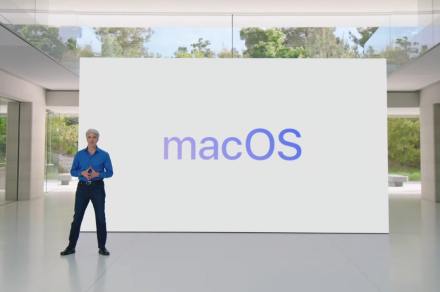


































































































































































![[The AI Show Episode 145]: OpenAI Releases o3 and o4-mini, AI Is Causing “Quiet Layoffs,” Executive Order on Youth AI Education & GPT-4o’s Controversial Update](https://www.marketingaiinstitute.com/hubfs/ep%20145%20cover.png)












































































































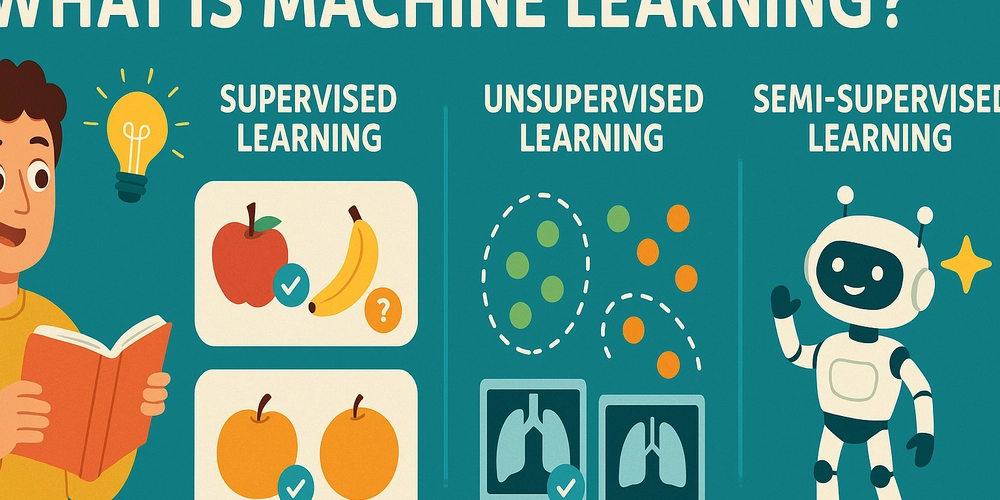















![Ditching a Microsoft Job to Enter Startup Purgatory with Lonewolf Engineer Sam Crombie [Podcast #171]](https://cdn.hashnode.com/res/hashnode/image/upload/v1746753508177/0cd57f66-fdb0-4972-b285-1443a7db39fc.png?#)































































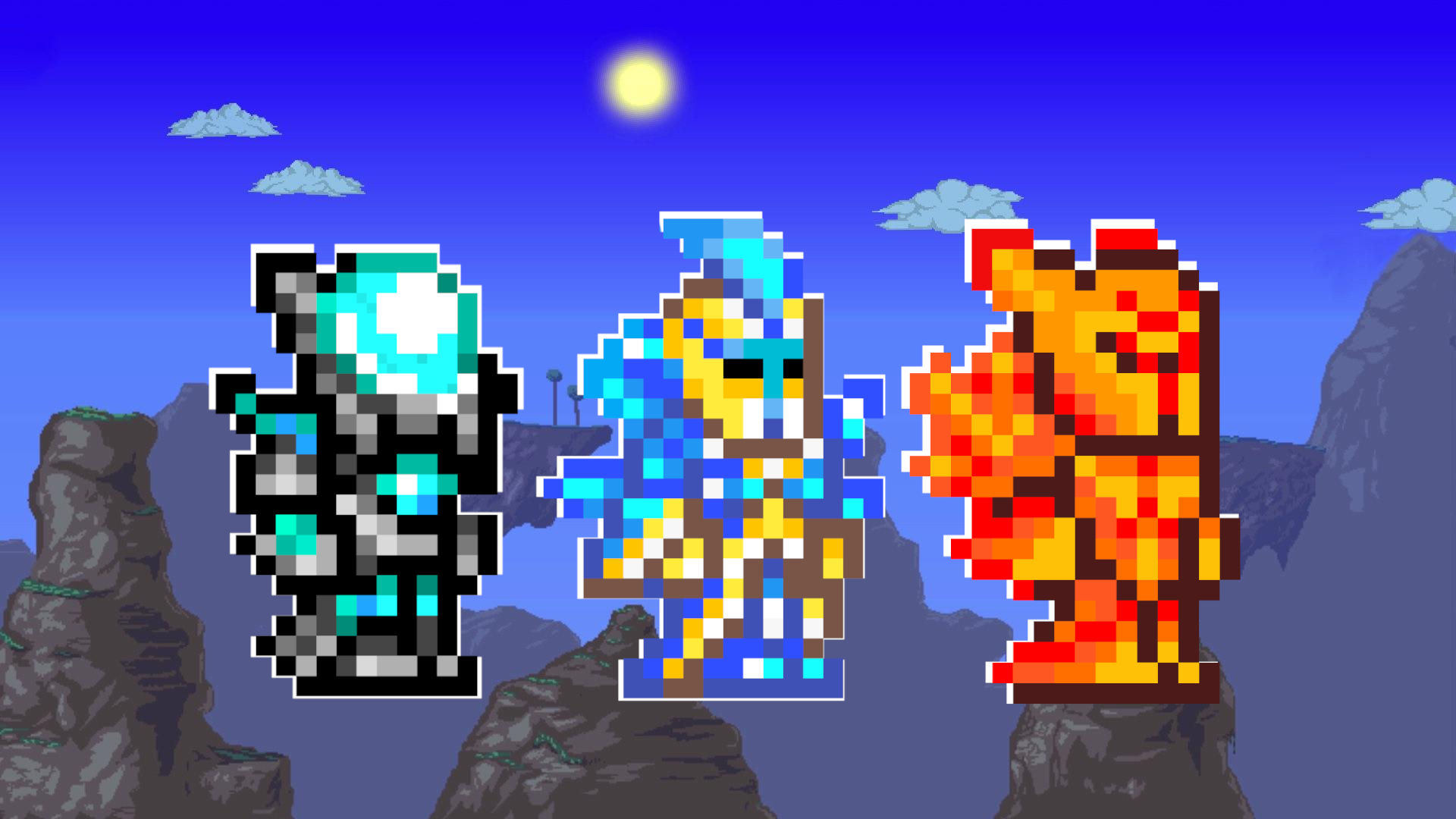








































.png?#)
.jpeg?#)







.png?width=1920&height=1920&fit=bounds&quality=70&format=jpg&auto=webp#)




















_designer491_Alamy.jpg?width=1280&auto=webp&quality=80&disable=upscale#)














































































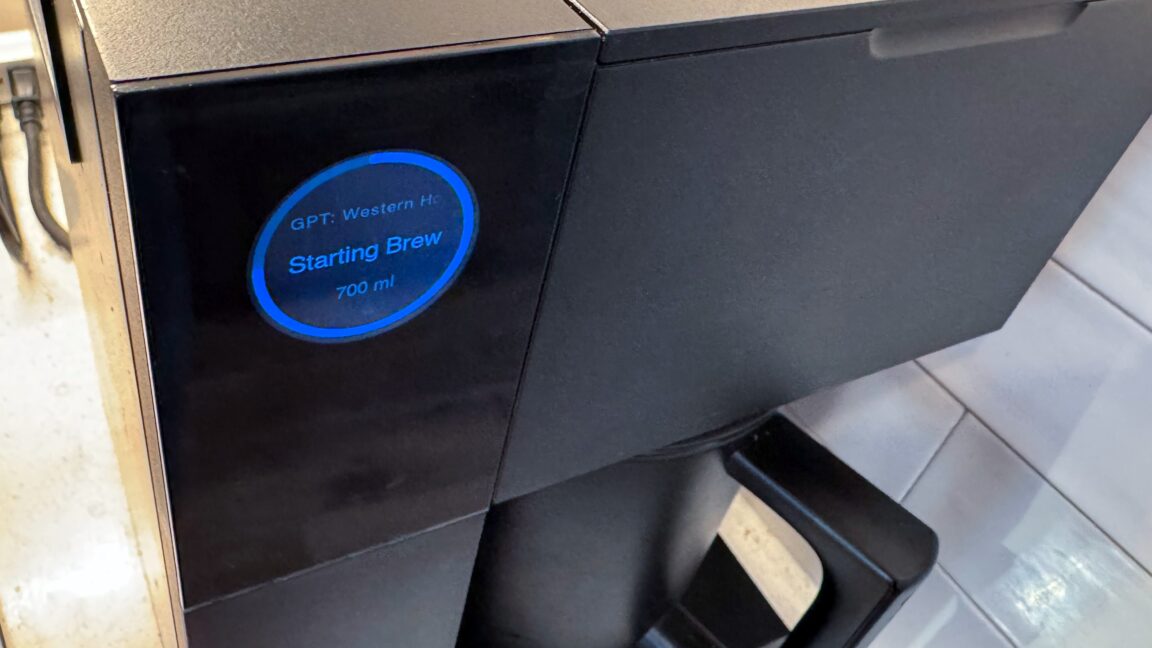







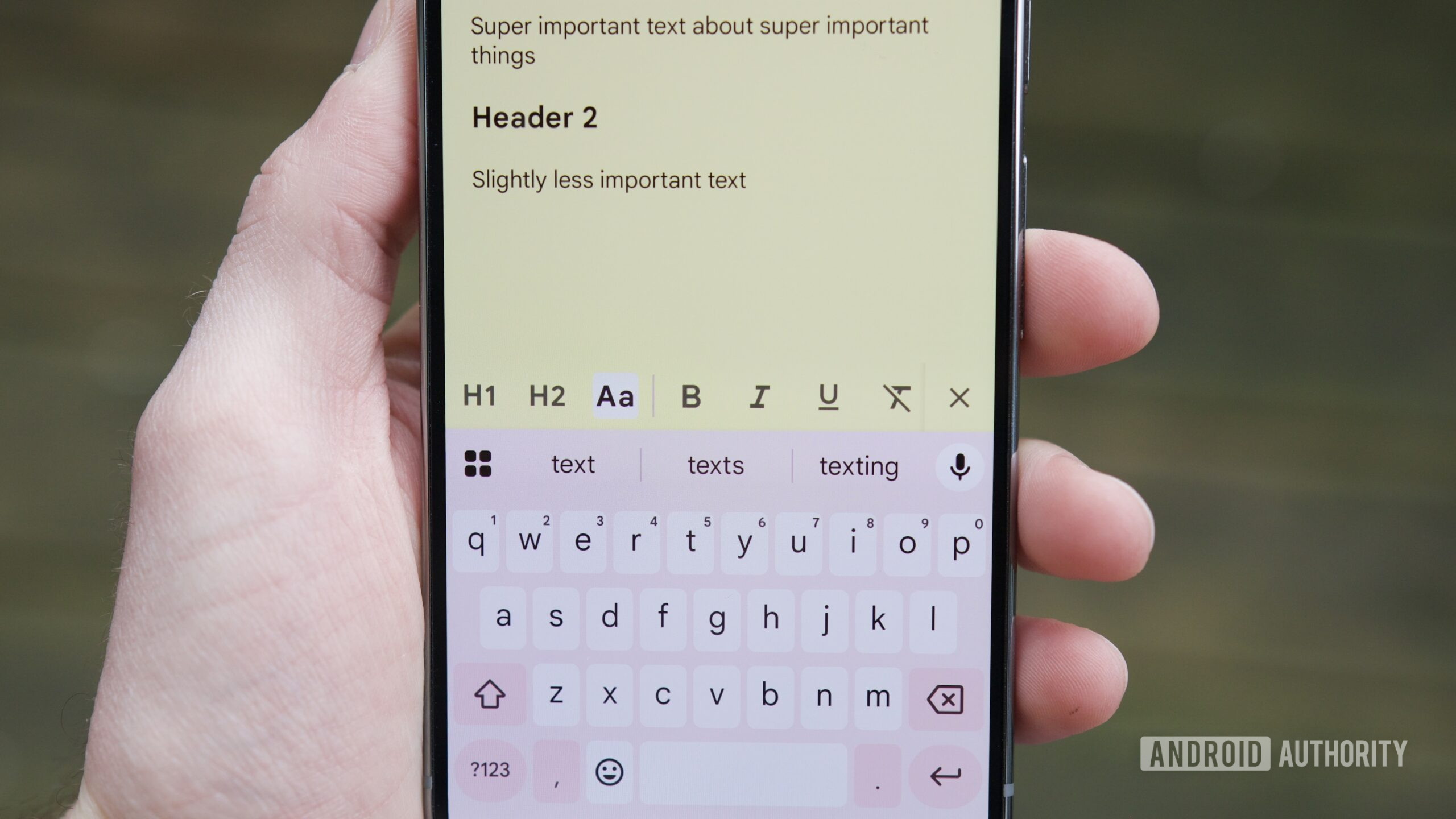





















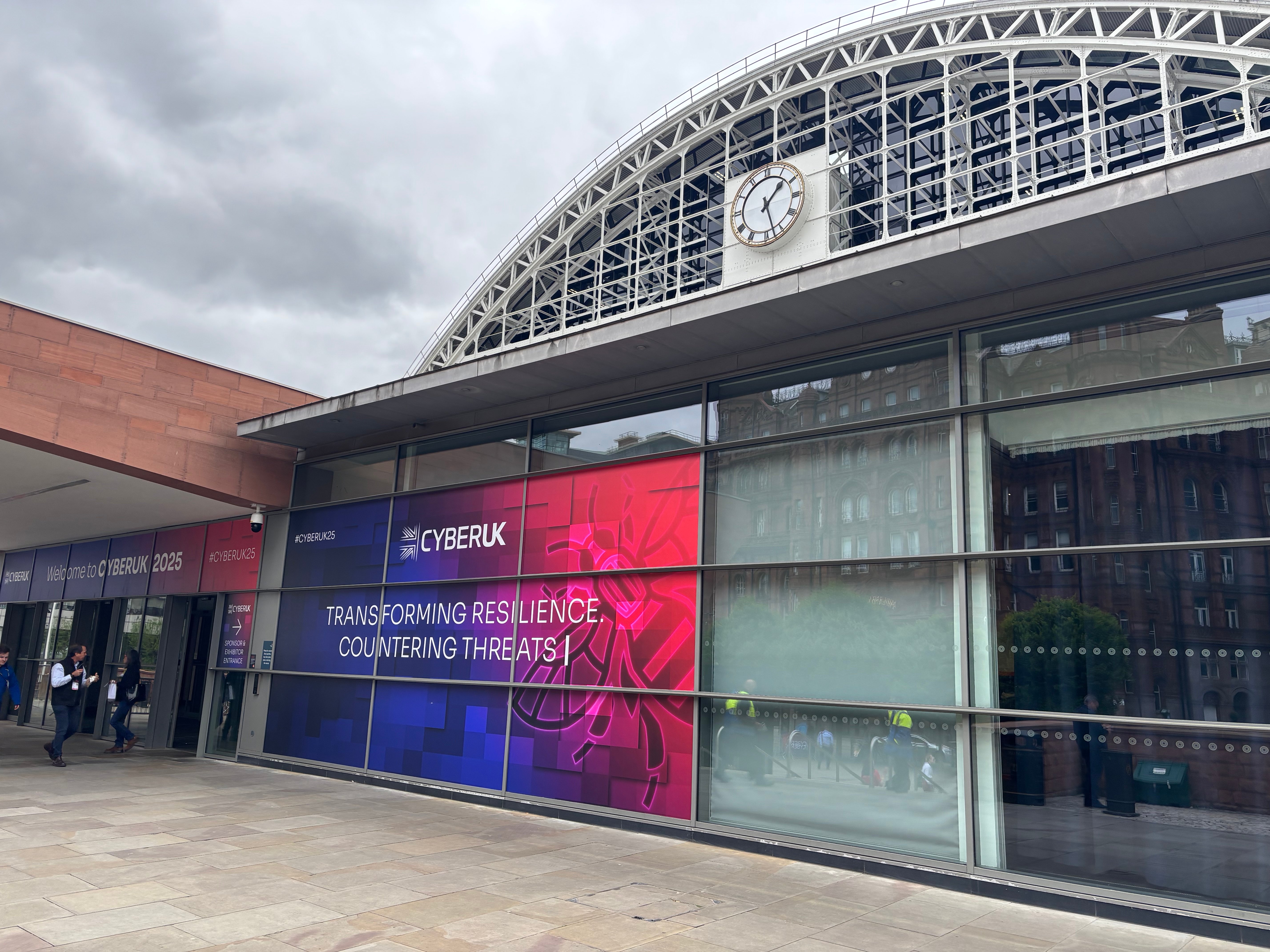

![Apple Shares New 'Mac to School' Ads: Pointed, Mirrored, Dropped In [Video]](https://www.iclarified.com/images/news/97295/97295/97295-640.jpg)
![Apple Drops New Trailer for 'F1' Starring Brad Pitt [Video]](https://www.iclarified.com/images/news/97296/97296/97296-640.jpg)
![Apple iPhone Exports From India Surge 116% [Report]](https://www.iclarified.com/images/news/97292/97292/97292-640.jpg)
![Apple Shares 'Last Scene' Short Film Shot on iPhone 16 Pro [Video]](https://www.iclarified.com/images/news/97289/97289/97289-640.jpg)


















